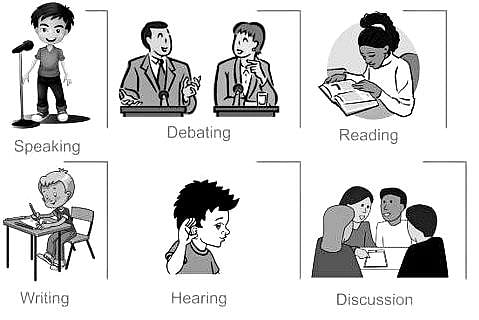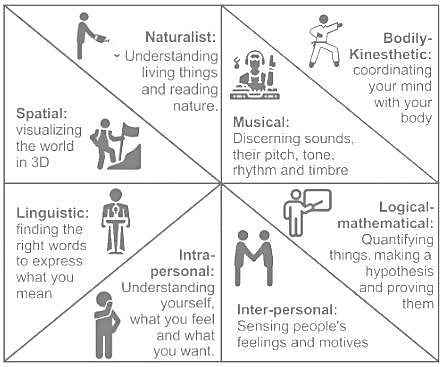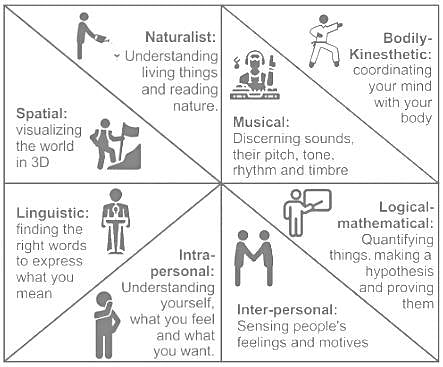CDP (Intelligence) - CTET & State TET MCQ
10 Questions MCQ Test - CDP (Intelligence)
Which one of the following illustrates a person with linguistic intelligence?
| 1 Crore+ students have signed up on EduRev. Have you? Download the App |
The ability to adapt to new situations and produce new ideas is ________ intelligence.
Mr. Richard attended an intelligence test wherein he excelled in mechanical, verbal, spatial and numerical skills. His reasoning skills were applauded. Which intelligence, according to Spearman influences all the specific abilities?
Prerna a primary school teacher, plans to create specialized activities that align with each type of intelligence to foster a learning environment where every student can thrive according to their unique talents and preferences.
Which of the following sets correctly matches the type of intelligence with its associated characteristic as per Howard Gardner's theory of multiple intelligences?
Which of the following student reveals the "Bodily Kinaesthetic" intelligence, as proposed by Gardner?
Which one of the following intelligence gives the ability to manipulate and create mental images in order to solve problems and is not limited to visual domains?
Given below are two statements, one leveled as Assertion (A) and the other leveled as Reason (R) :
Assertion (A) - Slow learners are those children who are low in achieving academic skills and are often ignored by others as dull and lazy.
Reason (R) - Separate classes and enrichment programs are used for gifted children to satisfy and utilize their intelligence.




















